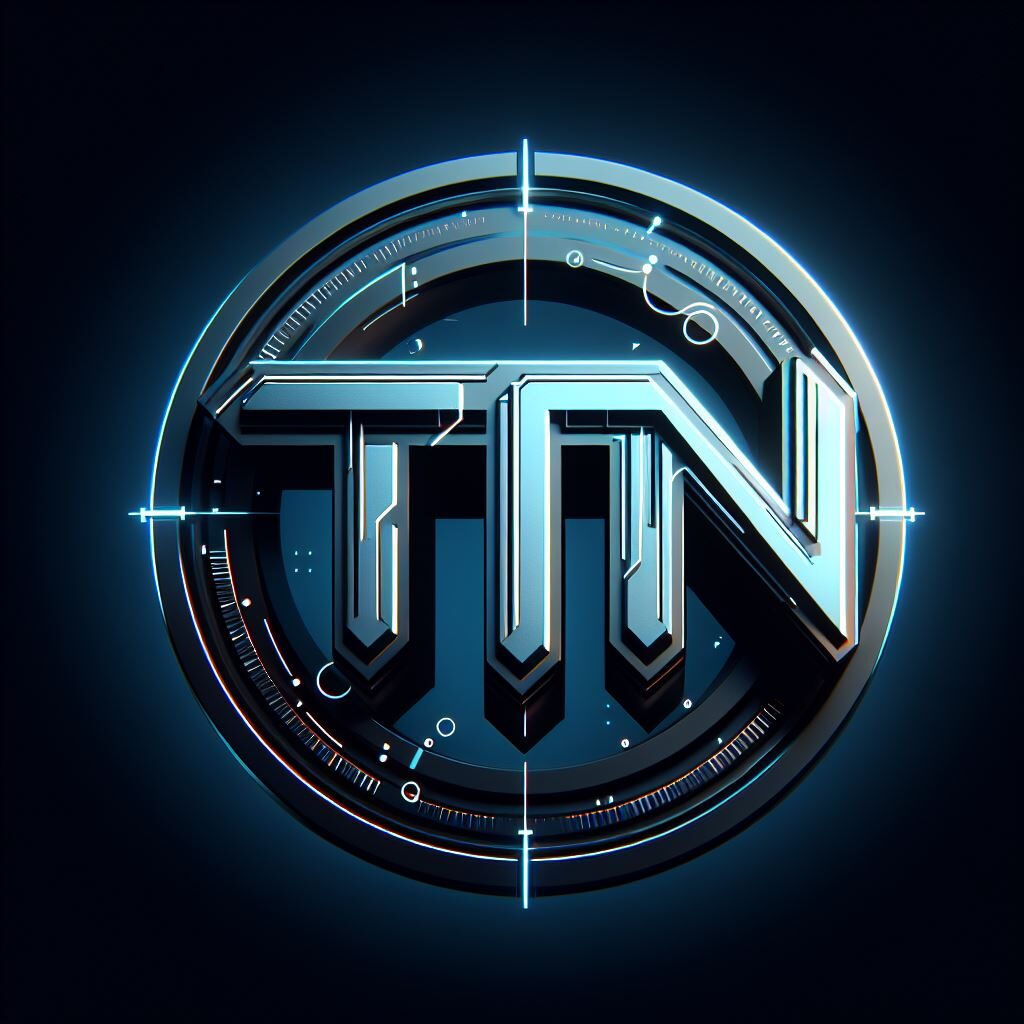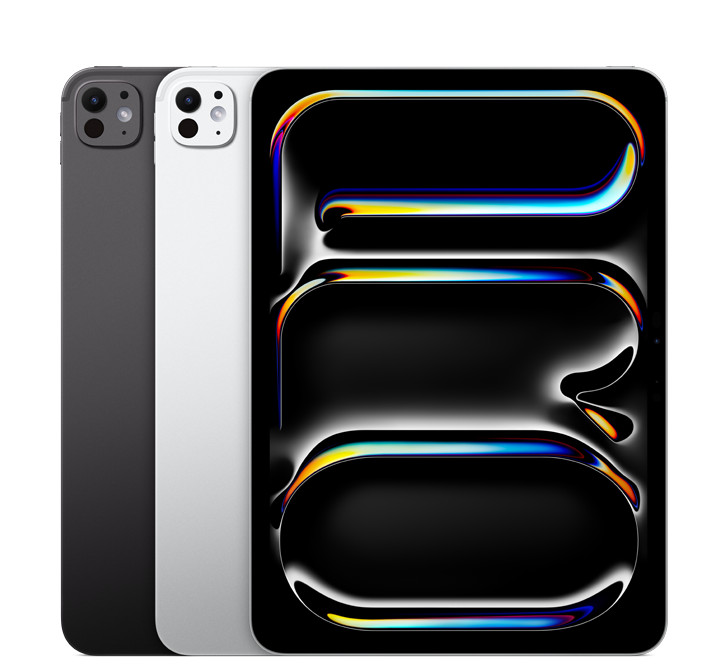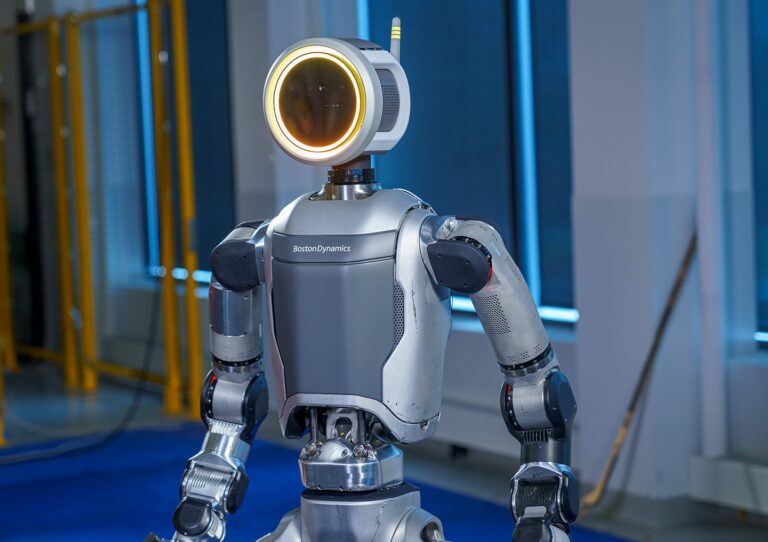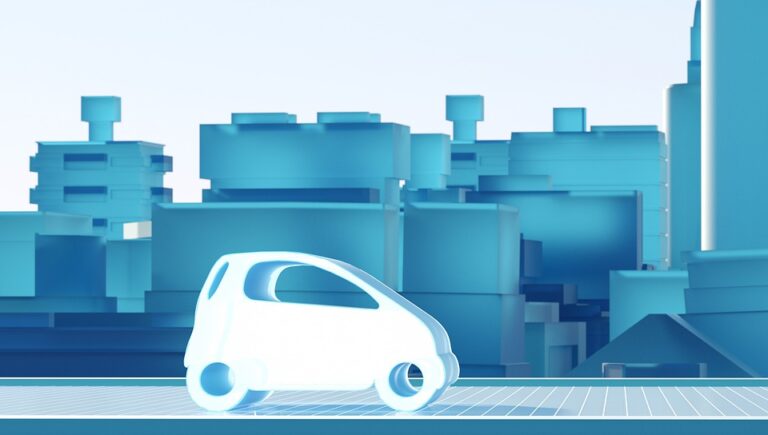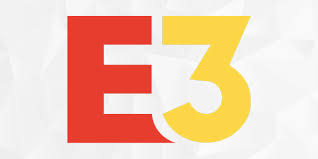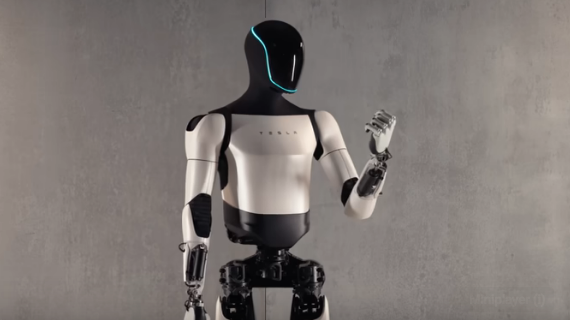Starbucks and Volvo: Powering Up the EV Revolution
In a bold move towards a greener future, Starbucks, in collaboration with Swedish car manufacturer Volvo, has launched electric vehicle (EV) charging stations at 15 strategic locations stretching from Denver, Colorado to Seattle, Washington.
These 50 Volvo-powered charging stations, conveniently located at Starbucks outlets across Colorado, Utah, Idaho, Oregon, and Washington, are equipped to power up any EV fitted with a CCS1 or CHAdeMO connector.
The initiative, announced last year, is Starbucks and Volvo’s answer to the pressing need for more robust EV charging infrastructure in North America. As of this summer, the U.S. had a mere 32,000 DC fast chargers in public spaces, a drop in the ocean considering the country’s 2.3 million-strong fleet of electric cars.
This trend isn’t exclusive to Starbucks and Volvo. Other retail and food giants, including Taco Bell, Whole Foods, 7-Eleven, and Subway, are also capitalizing on the growing American interest in EVs by planning to install EV chargers at their outlets.
So, what kind of EVs can these Starbucks’ stations charge? Most non-Tesla EVs in the U.S. currently use CCS1 connectors, a charging system developed by the European Automobile Association and widely adopted in North America. CHAdeMO connectors, developed in Japan pre-CCS, are used by some Asian car manufacturers, including older Nissan EV models.
Tesla, on the other hand, developed its own charging connector and port, known as the North American Charging Standard (NACS), before CCS came into existence. Last year, Tesla opened up its design to other automakers, leading to a host of them, including General Motors, Ford, Volvo, Hyundai, Honda, and Mercedes, announcing that their new EV models will adopt NACS.
While Starbucks hasn’t confirmed whether it will include NACS-compatible chargers, given the widespread adoption of the NACS standard, it seems like a logical next step.
